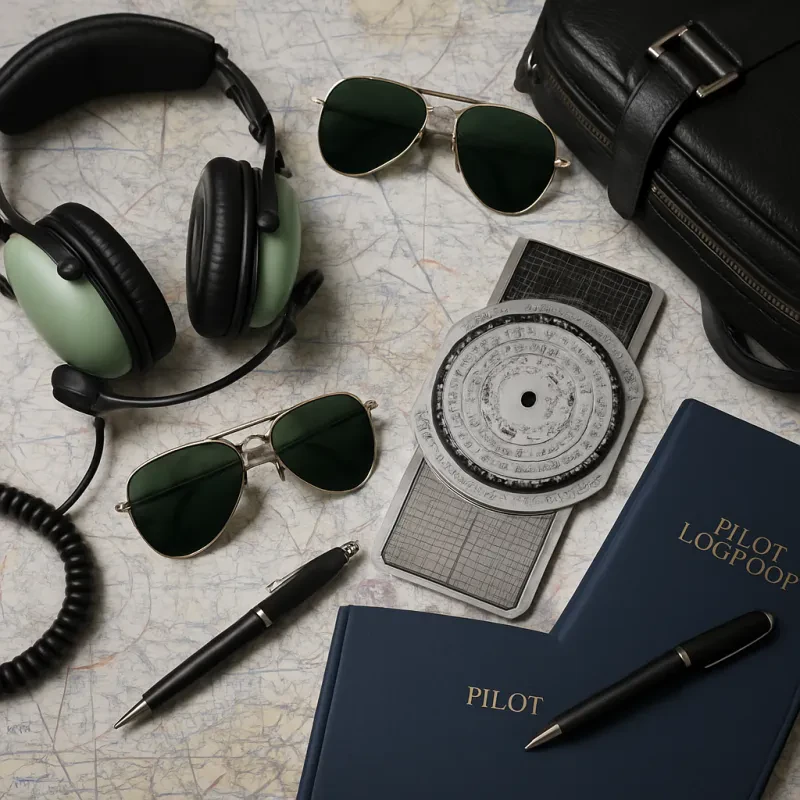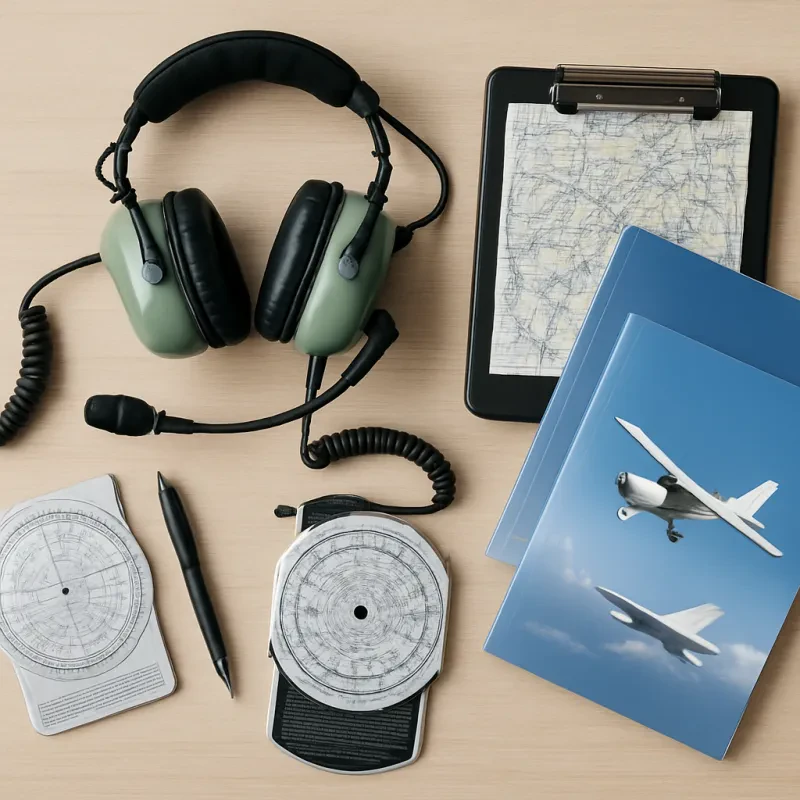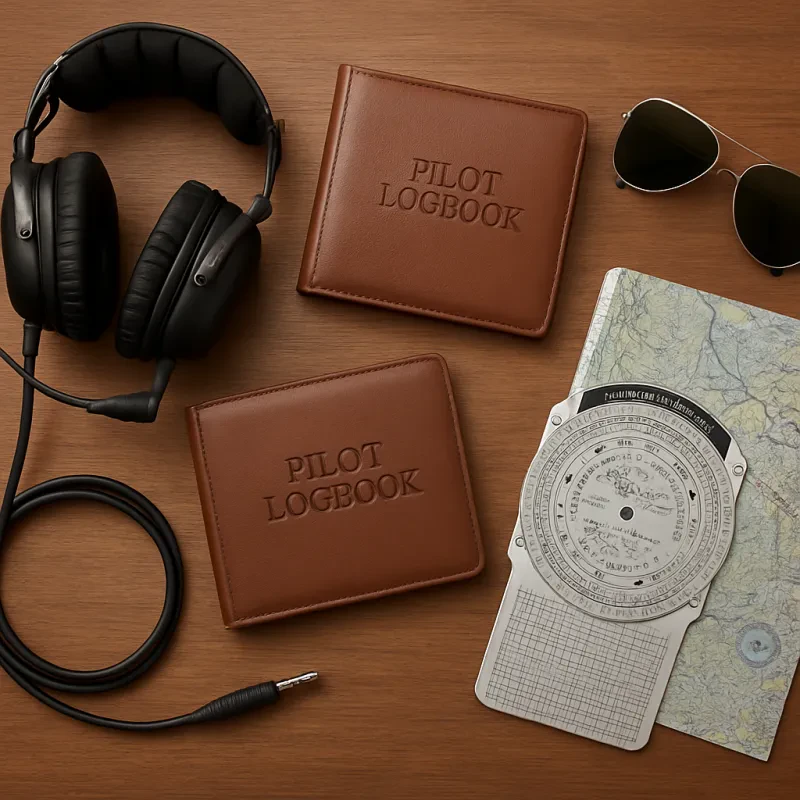Commercial pilots have one of the most fascinating and challenging jobs in the world. They are responsible for safely transporting hundreds of passengers from one destination to another, while operating highly sophisticated aircraft. However, there is much more to being a commercial pilot than meets the eye. Let's take a closer look at what goes on behind the scenes of flying the skies.
Before a commercial flight even takes off, pilots go through a meticulous pre-flight checklist. This involves reviewing weather conditions, flight plans, and checking the aircraft's systems to ensure everything is in proper working order. They also communicate with air traffic controllers to coordinate takeoffs, landings, and any potential delays or route changes. Pilots must remain updated on the latest flight regulations and safety protocols to ensure a smooth and secure journey for their passengers.
Once the aircraft is in the air, commercial pilots must continuously monitor its performance and respond to any potential issues. This involves adjusting the flight controls, managing fuel consumption, and monitoring various instrument readings. They work closely with the co-pilot and cabin crew to ensure effective communication and coordination during the flight. Pilots must also stay alert and quickly make critical decisions in case of emergencies, such as severe weather, mechanical failures, or medical situations.
From Aspiring Aviators to Experienced Captains: Training Journey
From Aspiring Aviators to Experienced Captains: Training Journey
Embarking on the path to becoming a commercial pilot requires a great deal of dedication, skill, and an unwavering passion for flying. The training journey for aspiring aviators is a multi-step process that demands both classroom education and practical flight experience.
The first step for aspiring commercial pilots is to obtain a Private Pilot License (PPL). This initial license is the foundation on which their training is built. During the PPL training, students learn basic flying principles, aircraft instrumentation, navigation techniques, and emergency procedures. They gain experience through hands-on flight lessons under the guidance of certified flight instructors.
Once the PPL is obtained, the next phase of training is acquiring an Instrument Rating (IR). This rating allows pilots to navigate and fly solely relying on their instruments, even in adverse weather conditions such as low visibility or clouds. Mastering instrument flying is a crucial step before moving on to more advanced certifications.
The pinnacle of a pilot's training journey is achieving the Airline Transport Pilot License (ATPL), which is essential for those aspiring to become captains in the commercial airline industry. The ATPL training focuses on advanced flying skills, comprehensive knowledge of aircraft systems, meteorology, aviation law, leadership, and decision-making. This demanding program prepares pilots to handle complex situations and assume command of aircraft confidently.
Adventures Above the Clouds: A Pilot's Daily Routine
Commercial pilots have one of the most awe-inspiring jobs in the world – they get to soar through the skies, above the clouds, and witness breathtaking views. However, it takes much more than just flying skills to be a successful pilot. Let's take a glimpse into the daily routine of these aviation heroes.
The day for a commercial pilot starts early in the morning. Before each flight, pilots conduct a thorough pre-flight inspection of their aircraft. They carefully check the engines, control surfaces, and systems to ensure everything is in top-notch condition. This attention to detail is crucial to ensure the safety of both the crew and passengers.
Once the pre-flight inspection is complete, pilots attend a briefing session with the cabin crew and ground staff. During this briefing, they discuss the flight plan, weather conditions, and any possible operational challenges. This communication is vital for a successful and smooth journey from takeoff to landing.
After the briefing, it's time for pilots to take command of the aircraft. They buckle up in their seats, communicate with air traffic control, and prepare for takeoff. As the plane ascends into the sky and reaches cruising altitude, pilots play a crucial role in ensuring a comfortable and safe journey for everyone on board. They continuously monitor the aircraft's systems, manage navigation, and make necessary adjustments to maintain a stable flight.
Navigating Challenges: The Demands of a Commercial Pilot
Commercial pilots play a vital role in the aviation industry, transporting passengers and cargo across the globe. However, this coveted and impressive profession comes with its fair share of challenges and demands. Let's take a closer look at some of the key hurdles commercial pilots face on a daily basis.
1. Time Management: Time management is crucial for commercial pilots, as they often work in fast-paced environments with strict schedules. They must efficiently plan their flights, taking into account factors like weather conditions, air traffic, and aircraft maintenance. Additionally, pilots need to adhere to federal regulations that limit their flying hours, ensuring they remain well-rested and capable of making critical decisions.
2. Safety and Security: Safety is the foremost concern for commercial pilots. They are responsible for the lives of hundreds of passengers and crew members aboard their aircraft. Pilots must stay informed about potential security threats and continuously assess risks throughout their journeys. They undergo rigorous training to handle emergency situations, such as engine failures or severe turbulence, and they must maintain calm and make split-second decisions in critical moments.
3. Work-Life Balance: The demanding nature of a commercial pilot's job often affects their personal life. Frequent travel, irregular working hours, and time zone changes can disrupt sleep patterns and make it challenging to maintain a healthy work-life balance. Being away from family and loved ones for extended periods can also take an emotional toll. Nevertheless, commercial pilots generally develop effective coping mechanisms to strike a balance between their professional responsibilities and personal needs.
4. Continuous Learning: Lastly, commercial pilots must embrace lifelong learning. They need to stay updated with the latest aviation technologies, regulations, and procedures. Pilots regularly undergo recurrent training and evaluations to sharpen their skills and ensure they are equipped to handle any situation. This commitment to ongoing learning helps pilots adapt to industry advancements and keeps them prepared to face new challenges that may arise.


